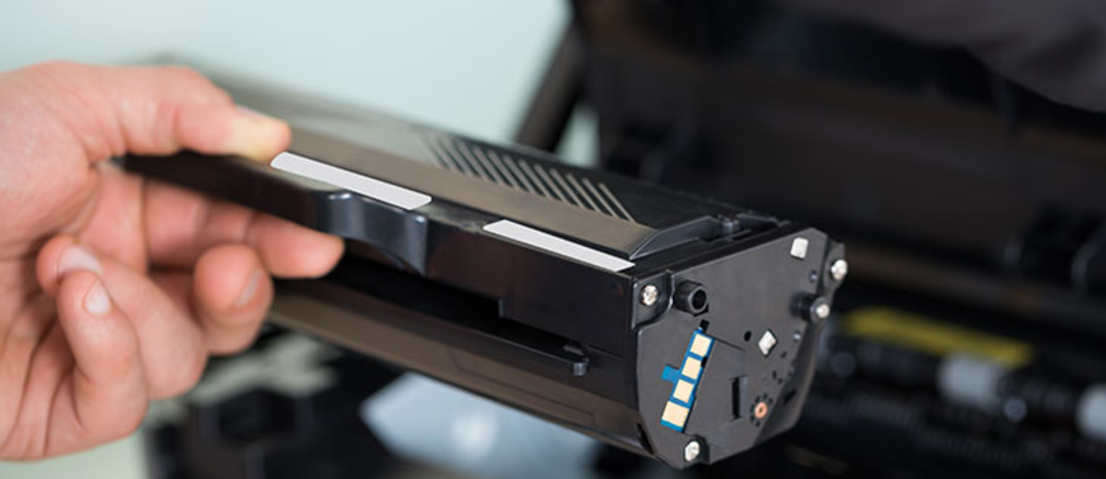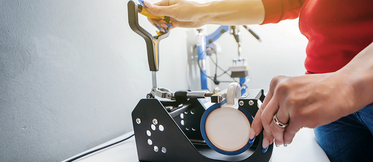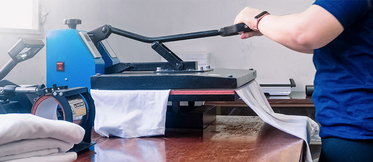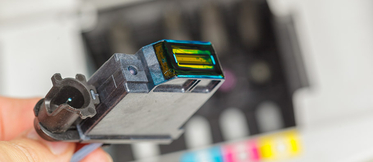Which are the differences between a toner and a drum in a laser printer?

Many users ask us how to differentiate between a toner and a drum in a laser printer: when to change each one or which function they have, are some of the most frequently asked questions. And although they play a similar function, distinguishing them becomes necessary.
When must a toner or a drum be bought?
When purchasing a toner or a drum, it is necessary to consider where the printing deficiency is. There are two possibilities: if blots of inks or lines appear, this is a clear reminder that the drum must be changed. By contrast, replacing the toner is desirable if you notice that some letters are missing or white spaces are found in the sheet.
There are essentially two types of toners: those including the drum and those which do not. The firsts ones are a single spare part, so if you purchase the toner, the drum is being bought as well. But some printing brands, such as OKI, Brother or Lexmark, often sell the pieces separately, and each one should be changed when necessary. Generally, it is more common to replace the toner rather than the drum, since the drum has longer duration.
In the case of HP, Canon or Samsung printers, both toner and drum are a single piece; consequently, replacing the whole cartridge will be necessary when the printing fails. Besides, these cartridges (toner and drum combined) are those assuring better quality and less packaging waste.
What is the difference between a toner and a drum?
The toner is a powder that places the image or the characters over the drum via static electricity. Given the fact that the powder toner is electronegatively charged, by turning the roll (drum), participles will be attracted towards points which were previously designed by the laser, so what we want will appear in the sheet. Changing the toner is recommendable if print quality damage is noticed. In contrast, the drum is an electrically charged rotary cylinder. And the drum is the one turning itself and receiving the laser shocks which draws the image over the cylinder by using electropositive points.
If you look at the image, you will notice the following:
1. The printer drum prepares the paper so the laser can act.
2. The laser draws the image over the paper.
3. The toner remains adhered to the drawn image.




